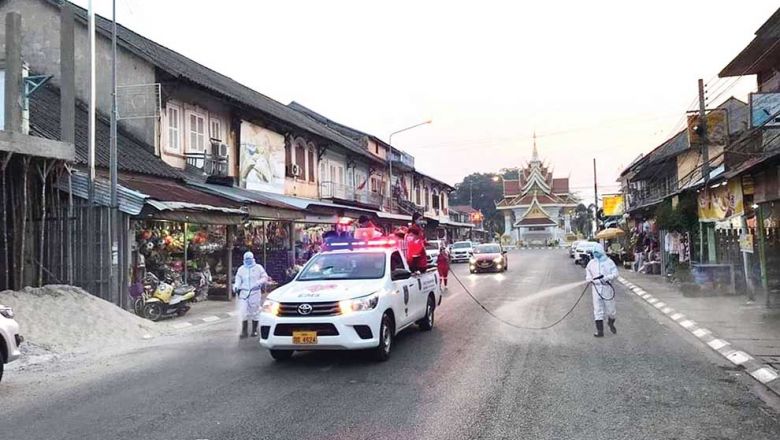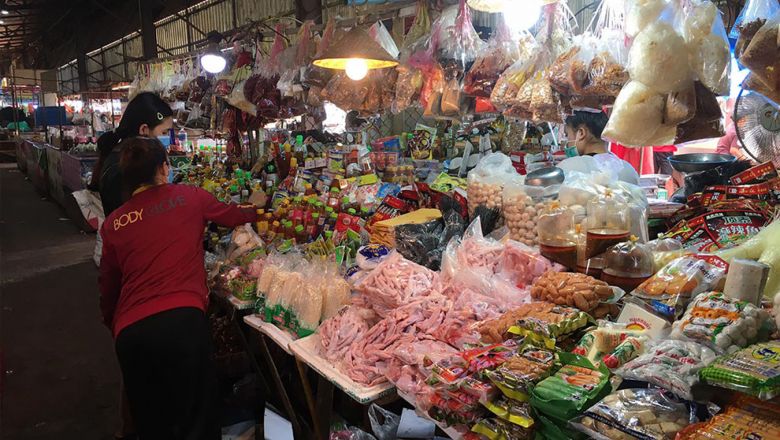Public spending during Pi Mai Lao up 10 percent
Public spending during Pi Mai Lao up 10 percent
An increase in the population and a rise in people's income meant that public spending during the recent Lao New Year ( Pi Mai Lao ) holiday increased by about 10 percent over last year according to a Lao economist.
Most of the additional spending went on food, drink and transport the National Economic Research Institute Director General, Dr Leeber Leebouapao, told Vientiane Times on Monday.
During the holiday period guesthouses and tourism services earned good profits as the number of people using them rose, he said.
While other trading in this period such as building supplies, shopping malls and border trade slowed, Dr Leeber commented.
However one Vientiane vendor, Ms Sau, said when interviewed that some dry food shops made less profit than last year as many people went travelling to celebrate elsewhere.
During the last Lao New Year holiday she earned almost three million kip a day from selling dry foods and beer but this year she could only make a little over two million kip.
Another Vientiane resident, Mr Nhay who usually travels with his family over the Pi Mai holiday, said that going away at this time is considerably more expensive than staying at home. When you go away you have to pay for fuel, or transportation if you don't own a car, and for food and drink as well as guesthouse costs.
This year his family spent almost six million kip travelling to and around Vangvieng district in Vientiane province and Luang Prabang province, while last year he spent only three million kip staying at home.
He believed that because of the increasing population and people's income, public spending will be up by around 9-10 percent this year over the Pi Mai Lao holiday.
“I think that at least 100 billion kip per day is going to be added to the money in circulation throughout the country during Lao New Year,” he said.
In a normal da y around 300 billion kip is in circulation throughout the country, with large disparities existing between urban and rural areas.
Because of the longer holiday this year more people than before travelled to other places, resulting in a rise in the demand for accommodation, food and other services as well as fuel consumption, said Dr Leeber.
By contrast, the price of vegetables and other food items in the markets remained stable compared to last year as there was a sufficient supply to meet demand, although prices at restaurants may have gone up.
He added that every year public spending has been higher than GDP growth.
From 2001 to 2010, economic growth was reported at an average of 7.1 percent annually, rising to 8.2 percent between 2011 and 2013, but is expected to slow to 7.5 percent for 2014-15 as a result of the government's budgetary tensions, natural disasters and external impacts, while public spending increased around 9-10 percent a year.
















